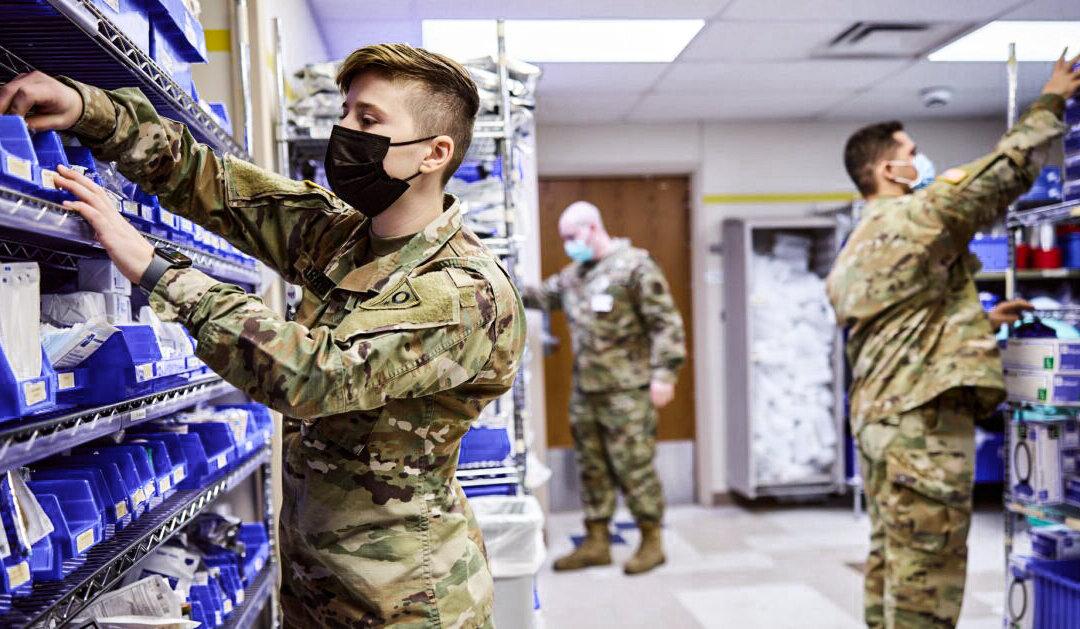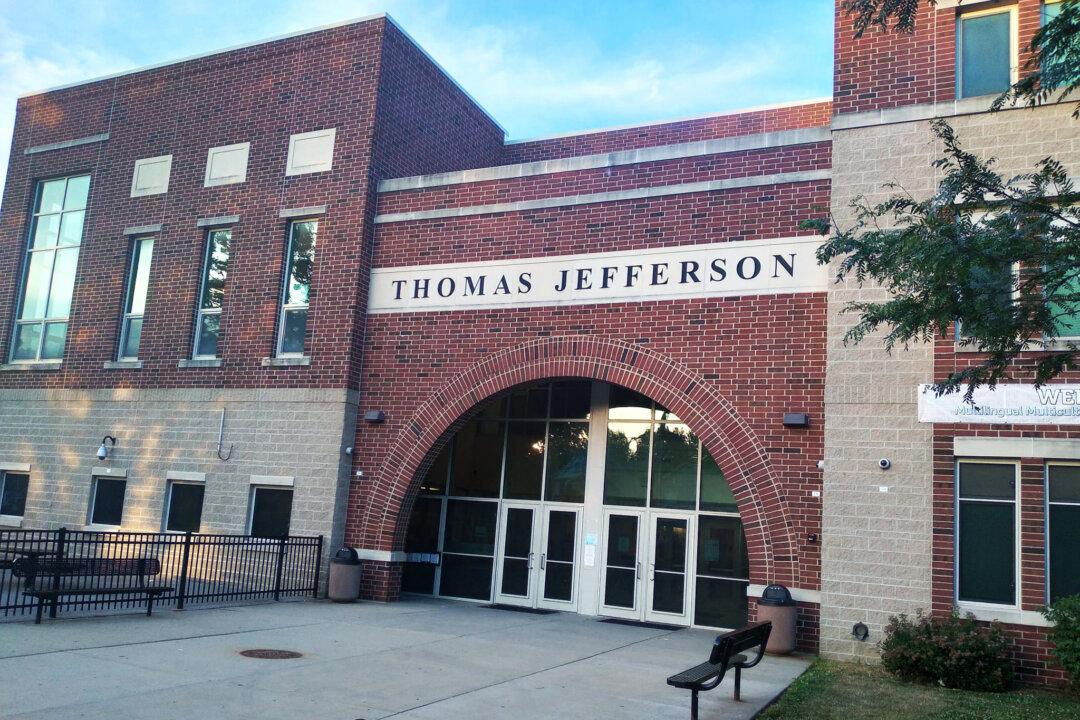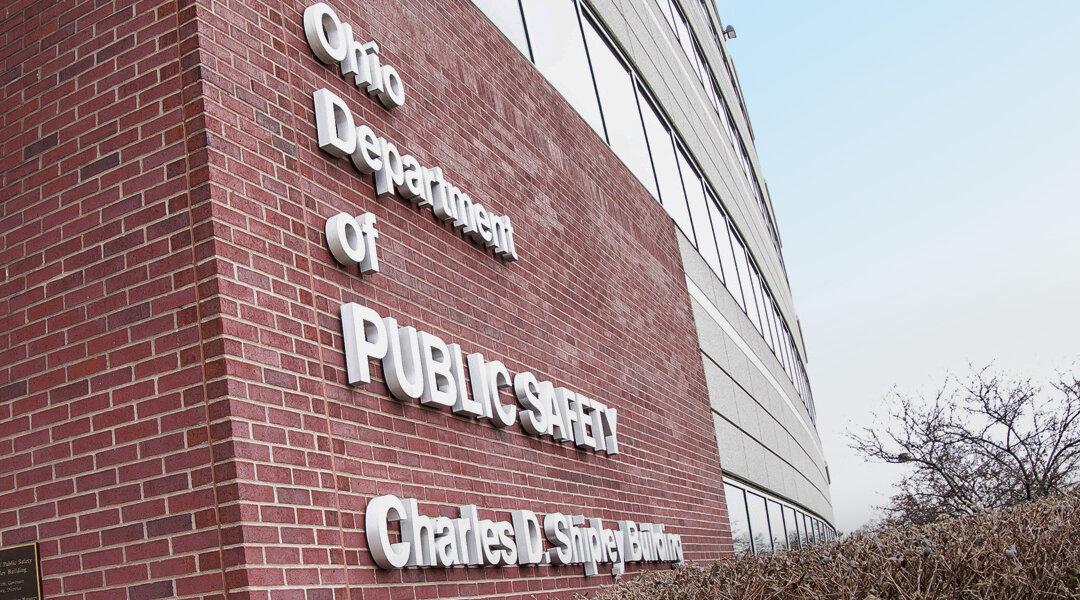As the number of new COVID-19 cases remains high in Ohio, Gov. Mike DeWine has shifted members of the state National Guard to assist at hospitals and medical facilities throughout the Southwestern part of the state.

Ohio National Guard members assisting in hospitals with COVID-19-related patients in Northeast Ohio have been shifted to some throughout Southwest Ohio. Some of the Guard members are helping in medical facilities in Cincinnati, Dayton and Springfield. Courtesy of the Ohio National Guard
|Updated:



